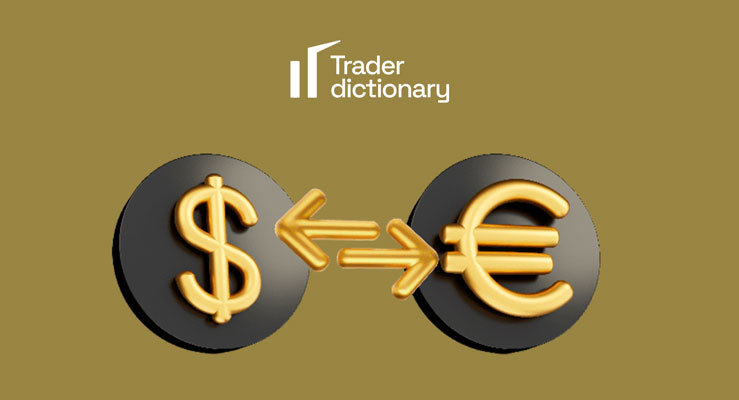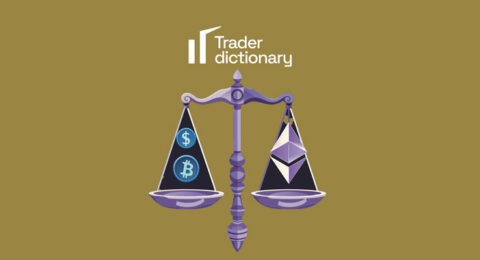|
Hello there, have you ever wondered about the differences between Major and Minor currency pairs in the Forex market? Forex trading is not just about buying and selling currencies on a global exchange platform, but also about the art of deeply understanding the traded currency pairs. In the article “Distinguishing Major and Minor Currency Pairs,” we will explore these two fundamental concepts, enabling you to choose the right investment strategy and optimize your profits. Whether you are a professional trader or a beginner, a clear understanding of currency pairs can open up unexpected investment opportunities. Let’s dive in! Major Currency Pairs (Major)
The Major currency pairs, also known as Majors, are the most traded currency pairs on the Forex market. You will often see the USD paired with other strong currencies like the EUR, JPY, GBP, CHF, CAD, AUD, and NZD. Their popularity stems not only from the strong economies they represent but also from the high liquidity they offer. High liquidity means you can buy or sell large amounts without significantly affecting the market price. This is crucial for large investors who need certainty that their orders will be executed without causing major price fluctuations. Major currency pairs also tend to have lower spreads—the difference between the bid and ask prices—reducing transaction costs for investors. If you’re new to Forex trading, focusing on Major currency pairs might be a smart choice. These pairs are not only more accessible due to readily available information but also tend to be less volatile than the Minor pairs, reducing unnecessary risks. Minor Currency Pairs (Minor)In the realm of Forex trading, Minor currency pairs, also referred to as Minors, are typically less popular than the Majors. They often do not include the US dollar but are still associated with large economies. Typical examples of Minor currency pairs include EUR/GBP, EUR/AUD, and NZD/JPY. The distinctive feature of these pairs is that they often experience larger price fluctuations and higher spreads due to lower liquidity. Lower liquidity not only increases transaction costs but also means finding buyers or sellers can be more challenging. This can lead to delays in order execution, especially during times of strong market volatility. However, Minor currency pairs also present opportunities for traders willing to accept higher risks, hoping to profit from these price fluctuations. Traders need to carefully consider when investing in Minor currency pairs. A clear strategy and deep understanding of the economic factors that can affect these currencies will help mitigate risks. Also, closely monitoring news and technical analysis is indispensable to capture the right moments and trends in trading. The Differences Between Major and Minor Currency PairsUnderstanding the differences between Major and Minor currency pairs is a core piece of knowledge for mastering the Forex market. Here are some key points you need to know: Major Currency Pairs (Major):
Minor Currency Pairs (Minor):
ConclusionChoosing to trade Major or Minor currency pairs always lies in the hands of the investor. However, it’s important to remember that each pair comes with varying levels of risk. Indeed, no path is perfect. But by equipping ourselves with sufficient knowledge and thorough preparation, we can smartly navigate the waves of the market. Each time I select a currency pair to invest in, I look not only at the potential for profit but also carefully weigh the level of risk I am willing to take. That’s a lesson I always keep close, as a compass for all investment decisions. I hope this article not only provides useful information but also encourages you to reflect deeply on your investment strategy, so you can achieve success in the ever-changing world of Forex trading. |










